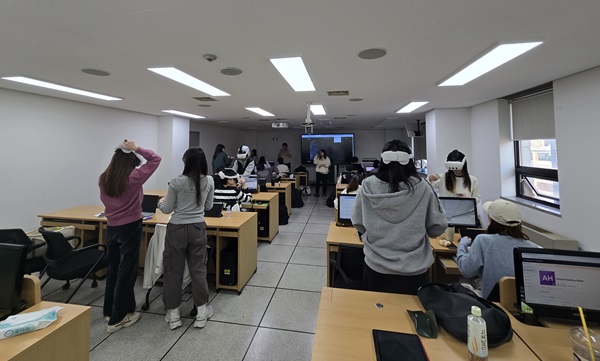Advice by Kate Palmer – Associate Director of Advisory at Peninsula
Since the original guidance on the Job Retention Scheme was released, it has undergone a review by the Government. The Scheme is based around placing employees on furlough and employers claiming 80% of wage costs to avoid lay off and redundancy. Clarification on some key areas is now available, in addition to an amendment to the original stance. While there is still a lot of uncertainty surrounding some parts of the Scheme, we now know more than we did.
Office holders (including company directors), salaried members of Limited Liability Partnerships, and those who are classed under the employment status of ‘worker’ can be furloughed under the Scheme. The critical test here remains that an individual must be PAYE and have been on the payroll on 28 February 2020 for the employer to claim their wages under the Scheme.
Original guidance stated that anyone made redundant after 28 February 2020 could be re-hired and placed on furlough. We know now that this applies to anyone who left an organisation after that date, including those who resigned. Despite this extension, employers are not obliged to take on ex-employees in this manner.
The new guidance confirms that employees can get new work for a different employer while they are on furlough. However, their employer’s policy on this will still apply, and this may place restrictions on someone finding a second job. Existing rules likely exclude second jobs which create a conflict of interest and employers would be advised to put in place additional rules that require employees to be available when the employer needs them back in.
The position on employees who have been advised to ‘shield’ has also cleared up. Shielding is where the employee has been advised by the NHS to stay at home for 12 weeks and avoid face to face contact due to their health condition. Guidance now states that people who are shielding can be furloughed where they cannot work from home and would otherwise have to be made redundant.
The one area that appears to have changed since the original guidance is that fees are now not excluded from the wages that employers can claim under the Scheme. At first, fees, bonuses and commission were listed as pay elements to be excluded. However, the guidance now includes wages, past overtime, fees and compulsory commission payments as claimable. Discretionary bonus (including tips) and commission payments and non-cash payments should be excluded.







